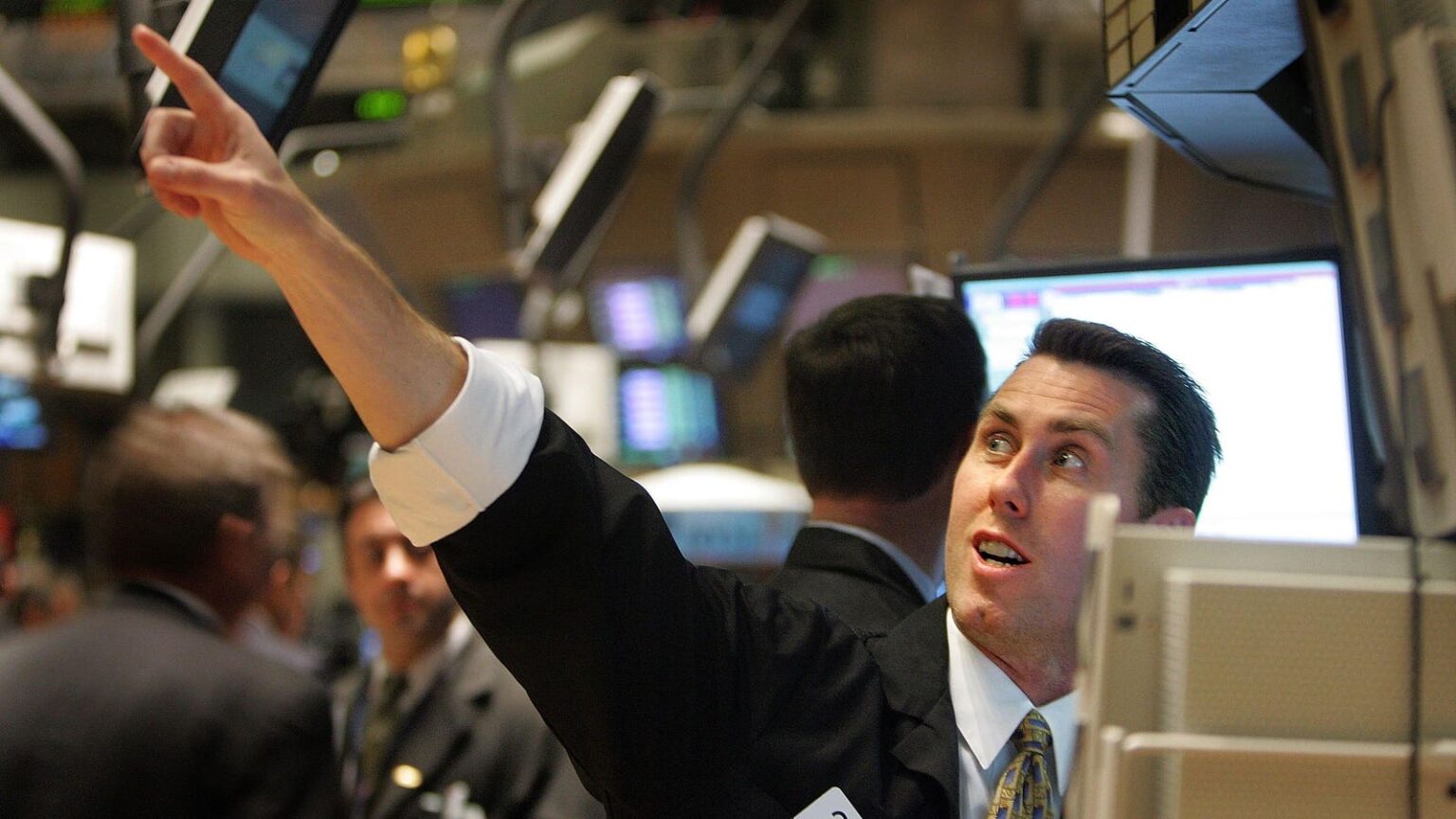Statistically speaking, the fourth quarter is a good one for the stock market. The average and median returns of the S&P 500 for that period are by far the highest, and so are the chances that the index will go up by any amount. Like anything that has to do with stocks, such history is not a guarantee, and October’s S&P 500 decline of 2.2% did not set it up for a good start.
But what a change a week can make. November started with a bang, up almost 4%, which observers attribute to a less-hawkish message from Federal Reserve Chair Jerome Powell, which is remarkable because it wasn’t. You be the judge:
- “Economic activity expanded at a strong pace in the third quarter” (In September, he said that the economy had grown at a “solid pace.”)
- “The process of getting inflation sustainably down to 2% has a long way to go.”
- “The committee is not thinking about rate cuts right now at all. We’re not talking about rate cuts.”
- “The idea that it would be difficult to raise again after stopping for a meeting or two is just not right. The Committee will always do what it thinks is appropriate at the time.”
- “We will need to see some slower growth and some softening in the labor market to fully restore price stability.”
Be that as it may, the market heard what it wanted to hear, and took off when the 10-year Treasury yield fell by half a percentage point after rising sharply from 4% in August to 5% by the end of October. This was the main reason why stocks rallied. As such, they remain highly dependent on where long-term interest rates will go next. And it is by no means certain that rates have already peaked.
This is a problem for several reasons. For starters, higher long-term rates make consumer debt very expensive. Indeed, rates on mortgages, car loans and credit cards are all around multidecade highs. Unsurprisingly, so are delinquencies. Businesses suffer too, since the Prime Rate on commercial bank loans is now at 8.5%, its highest in more than 20 years. A higher cost of capital affects corporate bottom lines and, beyond a certain level, it could even impact the ability of businesses to roll over existing debt, which leads to defaults.
The other problem with high long-term interest rates is that they impact the valuation of stocks. In general, higher rates put downward pressure on price-to-earnings (P/E) ratios. This means that for prices (P) to remain stable, earnings (E) need to go up. But earnings are a function of overall economic activity and higher rates tend to constrain, rather than stimulate, the economy.
Although long-term rates went down in the first few days of November, there are several reasons why they may start climbing once again. The Fed may be done with rate hikes, but it only controls very short-term rates. Longer rates are determined by market forces, which depend on factors well beyond the Fed’s reach, such as foreign buying, geopolitical events and the amount of outstanding debt at each maturity. It is far from clear that long-dated rates have peaked.
One factor is that they are still lower than rates shorter than six months. This is not a sustainable condition. In normal times, there should be a risk premium attached to lending money for longer periods: the longer the term, the higher the chances that things can go wrong for the borrower. That’s unless the lender thinks that, for one reason or another, rates could plummet in the future so the loan rate locked in today will be higher than market rates in the future and therefore it will compensate for the additional time risk.
Because this inverted relationship is an anomaly it typically disappears after a while. It has lasted already 15 months, and its end seems near. Given how adamant the Fed is about not cutting short-term rates anytime soon, the normalization can only be happening if long-term rates go up.
Contributing to the inverted curve is the U.S. Treasury decision to finance the nation’s growing budget deficit with short-term debt and to flood the market with T-bills, pushing their rates to their highest levels in the entire yield curve. Why the Treasury Department chose to do this is unclear.
One explanation could be that the Treasury does not expect elevated rates to persist, and it is therefore reluctant to lock in high rates for longer than necessary. A more likely explanation is that buyers have a greater appetite for T-bills and money market funds (which invest in T-bills) than for longer-maturity bonds, so that’s the easiest avenue to raise lots and lots of money. Recently announced funding schedules feature more of the same, which the market welcomed after fretting that long-term issuance will keep pushing long-term rates higher. Confirmation that the focus remained on issuing T-bills helped bring down long-term rates and benefited stocks.
It seems reasonable to say that the stock market rally in the first week of November has little to do with the outlook for earnings or for the economy, and a lot to do with the sharp decline in long-term rates. But this is not enough. Long-term rates will fall even further if the economy slides into a recession, in which case stocks will falter. Investors, therefore, should be treating the enthusiasm that followed Powell’s comments with great caution. The last quarter may end on a good note as it usually does, but beyond that the future still looks murky.
Read the full article here










